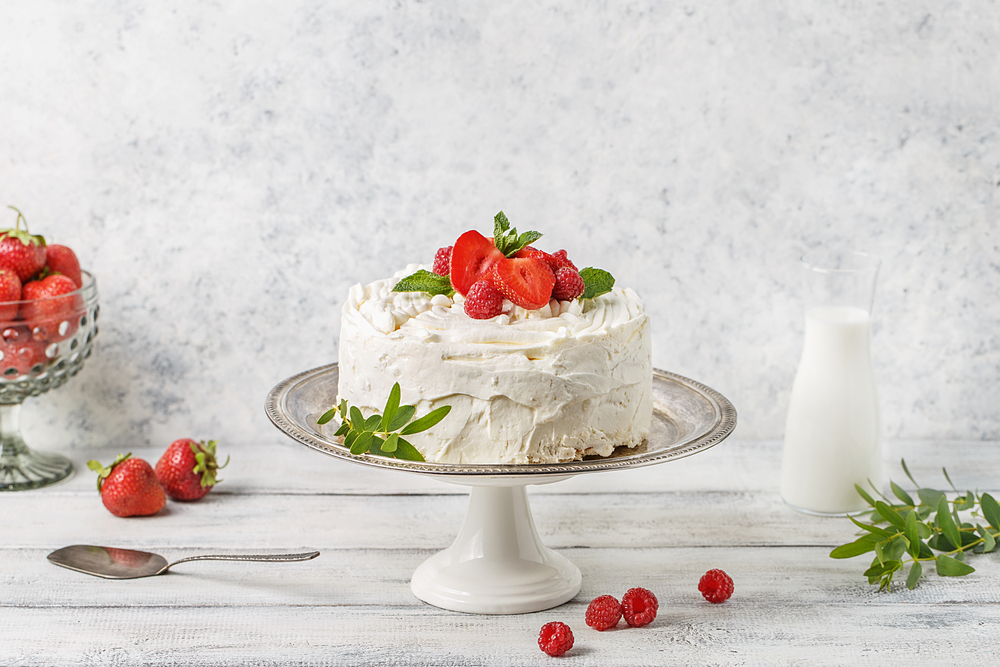Ingredient Alternatives for a Diet-Sensitive Wedding Cake

A Wedding cake and diet restrictions don’t typically go hand in hand. Of all the symbols commonly associated with marriage ceremonies, the wedding cake is one of the most iconic. Many Canadian couples anticipate a grand multitiered cake, both as a treat for the eyes and the taste buds. Professional bakers and pastry chefs work their magic to transform flour, eggs, and sugar into a delicious dessert. If you’re responsible for preparing a wedding cake or other sweet treats for someone’s nuptials, you may need to create a cake that accounts for food sensitivities, allergens, restrictions, and plant-based lifestyles. Here are some ingredient substitutions you should know about.
Flour Power
Flour is responsible for giving a cake its structure. All-purpose flour and cake flour are usually wheat products and therefore not recommended for those on a gluten-free diet. The easiest swap usually involves gluten-free flours that are 1:1, meaning if a recipe calls for one cup of wheat-based flour, you can use the same volume or weight of gluten-free flour. Other flours can be used, including those made from coconut, almond, and chickpea, but the substitutions aren’t 1:1. Use ¼ cup of coconut flour for every cup of flour. Use ¾ cup of almond flour per cup of flour. Use ¾ cup of chickpea flour for each cup of flour. You may have to make other adjustments to approximate the consistency and texture of wheat flour-based batter.
Stairway to Leaven
Leavening agents cause gas expansion in a dough or batter when exposed to liquid, acid, or heat. Leavening or rising agents such as baking powder, baking soda, egg whites, etc., help a cake rise, resulting in a pleasant, fluffy texture. Baking powder and baking soda are commonly used. You can substitute 1 teaspoon of baking powder with ½ teaspoon of cream of tartar and ¼ teaspoon of baking powder. If you don’t have any cream of tartar, use 1 teaspoon of an acid such as lemon juice or vinegar. If a recipe calls for baking soda, you can use 3 teaspoons (or 1 tablespoon) of baking powder per teaspoon of baking soda.
A Jack of All Trades Diet
Eggs contribute to flavor, structure, texture, color, and volume. Some cake recipes call for adding whites and yolks separately, impacting the final product. Consider these substitutions for each large egg in your cake:
- Carbonated water: Use ¼ cup in a recipe that doesn’t require separation.
- Water, oil, and baking powder: Combine 2 tablespoons of water, 1 teaspoon of vegetable oil, and 2 teaspoons of baking powder.
- Fruit products: Use ¼ cup of applesauce or mashed banana.
- Chia or flax seeds: Make a paste of 1 tablespoon of seeds and 3 tablespoons of water.
- Aquafaba: This chickpea-based product can be used in place of egg whites.
A Dairy-Free Diet
Dairy is commonly found in cake recipes as either a liquid (milk), a leavening agent (whipped cream), or a fat (butter). For couples and guests who want vegan or plant-based cakes, you don’t need to sacrifice flavor, moistness, or structure with these substitutions:
- Non-dairy creamers: These products add moisture and liquid. Flavored varieties can also add to your cake’s flavor profile.
- Fruit juices: Natural juices work especially well in recipes calling for baking soda.
- Vegetable and other neutral oils: Vegetable, avocado, and coconut oils work as a 1:1 substitute for melted butter.
- Applesauce: Use ½ cup for every cup of butter.
As wedding celebrations become more inclusive and health-conscious, some couples may opt for cakes free of animal products or common food allergens, such as gluten. Consider these ingredient alternatives for cakes that are every bit as moist, tender, and delicious as those made from a classic recipe. You don’t need to sacrifice or compromise when it comes to caring about others.

